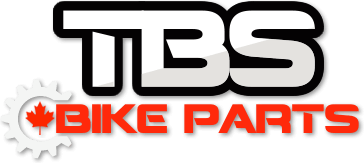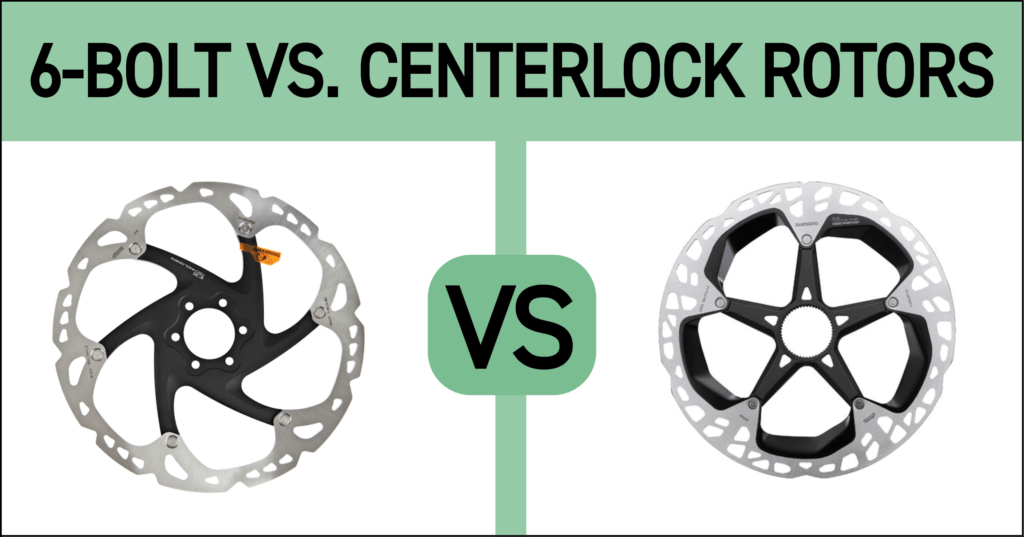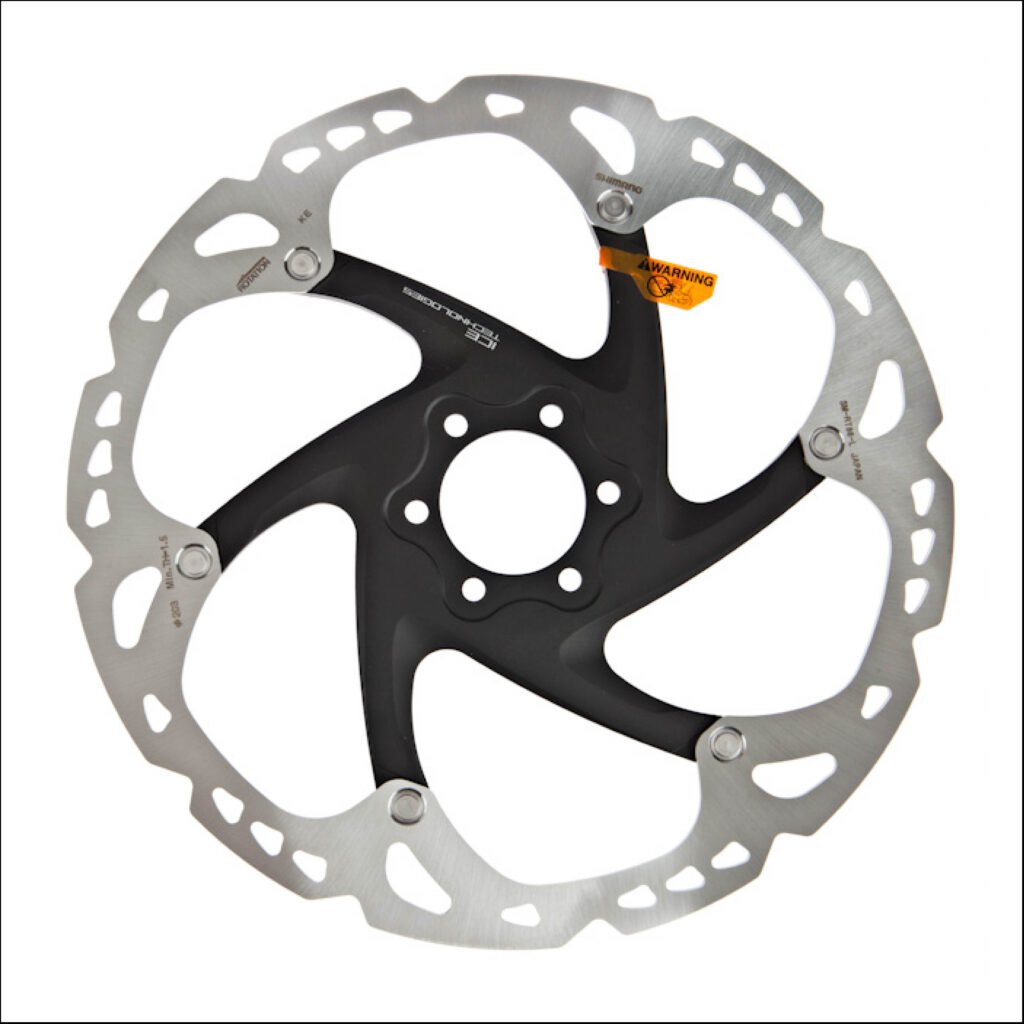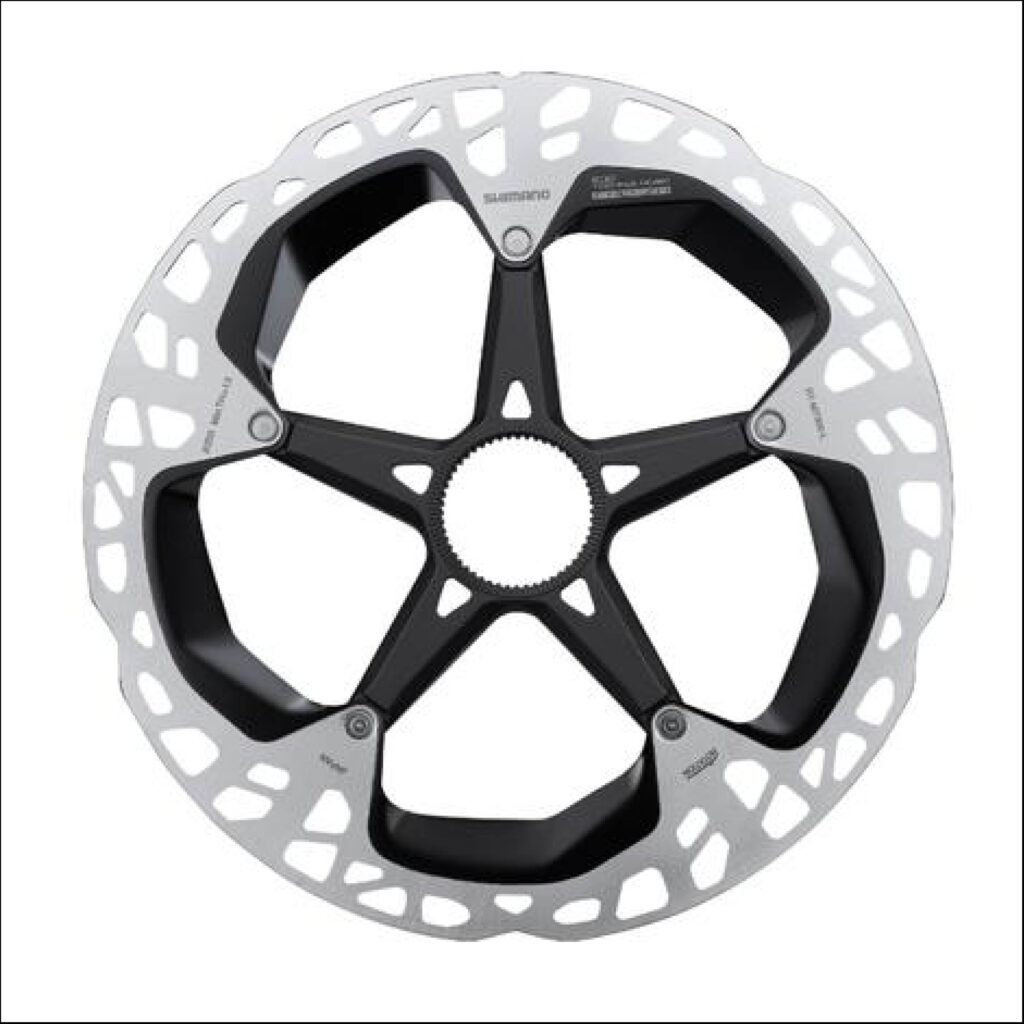6-Bolt vs. Centerlock MTB Rotors: When it comes to mountain biking, braking performance is one of the most critical factors for safety and control. At the heart of any disc brake system is the rotor, and how it connects to your bike’s hub can make a difference in terms of performance, maintenance, and compatibility. Two dominant standards in the MTB world are 6-bolt and Centerlock rotor mounting systems. Each has its own set of advantages and considerations, catering to different rider preferences and setups. Understanding the differences between these systems will help you choose the best option for your riding style and maintenance habits. In this comparison, we’ll dive into the specifics of each system, their pros and cons, and how they stack up against each other.
Design and Engineering
6-Bolt Rotors
- Attachment Mechanism: The rotor is attached to the hub via six bolts in a star pattern. These bolts thread directly into the hub or are secured with nuts (depending on the hub design).
- Weight: Typically slightly heavier because of the extra bolts.
- Engineering Considerations: Six bolts distribute stress evenly across the rotor, providing a strong mechanical bond. However, it can be overkill for casual riders.
Centerlock Rotors
- Attachment Mechanism: The rotor fits onto a splined interface on the hub and is secured with a lockring. There are two types of lockrings:
- External-Spline Lockrings: Tightened with a bottom bracket tool.
- Internal-Spline Lockrings: Tightened with a cassette lockring tool.
- Weight: Generally lighter because fewer parts (only the lockring) are needed.
- Engineering Considerations: The splined interface provides a direct connection that can reduce micro-movement and rotational stresses.
Compatibility
6-Bolt Rotors
- Widespread Use: Found on most mid-tier to entry-level hubs and many high-end models, making it highly versatile.
- Adaptability: Can be used on Centerlock hubs with an adapter.
- Availability: Almost universal among rotor and hub manufacturers, so replacement parts are easy to find globally.
Centerlock Rotors
- Modern Standard: Developed by Shimano and primarily seen on their hubs and higher-end hubs from brands like DT Swiss, Industry Nine, and others.
- Limited Compatibility: Requires a Centerlock hub unless using an adapter to fit 6-bolt rotors.
- Adapter Considerations: While adapters exist to use 6-bolt rotors on Centerlock hubs, they add weight and complexity.
Installation and Maintenance
6-Bolt Rotors
- Ease of Installation: Requires tightening six bolts with a Torx (T25) or hex key to specific torque values. This process can be time-consuming.
- Threadlock Considerations: Often requires threadlock or pre-threadlocked bolts to ensure they don’t loosen under heavy braking.
- Maintenance: More robust for repeated removal and installation since individual bolts can be replaced if damaged.
Centerlock Rotors
- Ease of Installation: Much faster, as the lockring is tightened with a single tool. Installation takes a fraction of the time compared to 6-bolt systems.
- Tool Requirements: You’ll need a cassette lockring or bottom bracket tool, which many riders already have.
- Long-Term Use: The splined connection minimizes wear and loosening over time, making maintenance easier.
Performance
6-Bolt Rotors
- Durability: The multiple bolts ensure the rotor stays securely attached even under extreme conditions, like downhill riding or bikepacking.
- Heat Dissipation: The design does not inherently affect heat management, as this depends more on the rotor material and size.
- Flexibility: The 6-bolt system is slightly more forgiving of minor hub or rotor misalignments.
Centerlock Rotors
- Rigidity: The splined interface may provide slightly better rigidity, reducing rotor wobble over time, especially under high-torque braking.
- Heat Dissipation: Often paired with Shimano’s ICE Technologies rotors, which have superior heat management features, though this is a rotor-specific advantage rather than a Centerlock design benefit.
- Noise Reduction: Centerlock systems might be slightly quieter, as the splined connection reduces micro-movements and vibrations.
Cost and Availability
6-Bolt Rotors
- Affordability: Rotors and hubs with 6-bolt systems are generally cheaper, making them accessible for entry-level and mid-tier riders.
- Aftermarket Options: Almost every brand offers 6-bolt rotors, giving you a wide range of options in terms of materials, finishes, and sizes.
Centerlock Rotors
- Higher Initial Cost: Hubs and rotors with Centerlock interfaces tend to be more expensive, as they are targeted at high-performance riders.
- Aftermarket Options: While growing, the aftermarket for Centerlock rotors is smaller compared to 6-bolt.
Specific Use Cases
6-Bolt Rotors
- For Long-Distance and Adventure Riding: The widespread compatibility and ease of finding replacements make it a better choice for touring or bikepacking.
- For Aggressive Riding: The robust attachment system is reliable for downhill and enduro riders who need maximum durability.
Centerlock Rotors
- For Weight-Sensitive Builds: Ideal for XC and trail riders aiming to save every gram.
- For High-End Builds: Often paired with premium components, so it’s a good choice for those building a high-performance bike.
- For Maintenance-Conscious Riders: Quick installation and removal are appealing for riders who frequently swap wheels or rotors.
Conclusion
The choice between 6-bolt and Centerlock comes down to compatibility, ease of use, and intended riding style:
- If you prioritize compatibility, affordability, and durability, go with 6-bolt.
- If you want speed, simplicity, and a more premium feel, choose Centerlock.
For most riders, the performance differences are negligible, so compatibility with your current hubs and personal preferences will likely guide your decision.
Remember that we offer free shipping on all orders over $149CAD. Orders are all processed and shipped within 24 business hours as well. Looking for mountain bike parts? We stock hundreds of parts from multiple brands and you can shop our entire selection here.
Spend less and ride the best with TBS Bike Parts.
Related Articles
SRAM HS2 VS. CENTERLINE ROTORS
200MM ROTOR VS. 203MM ROTOR – WHAT’S THE DIFFERENCE?
XTR MT905 ROTORS NOW AVAILABLE




